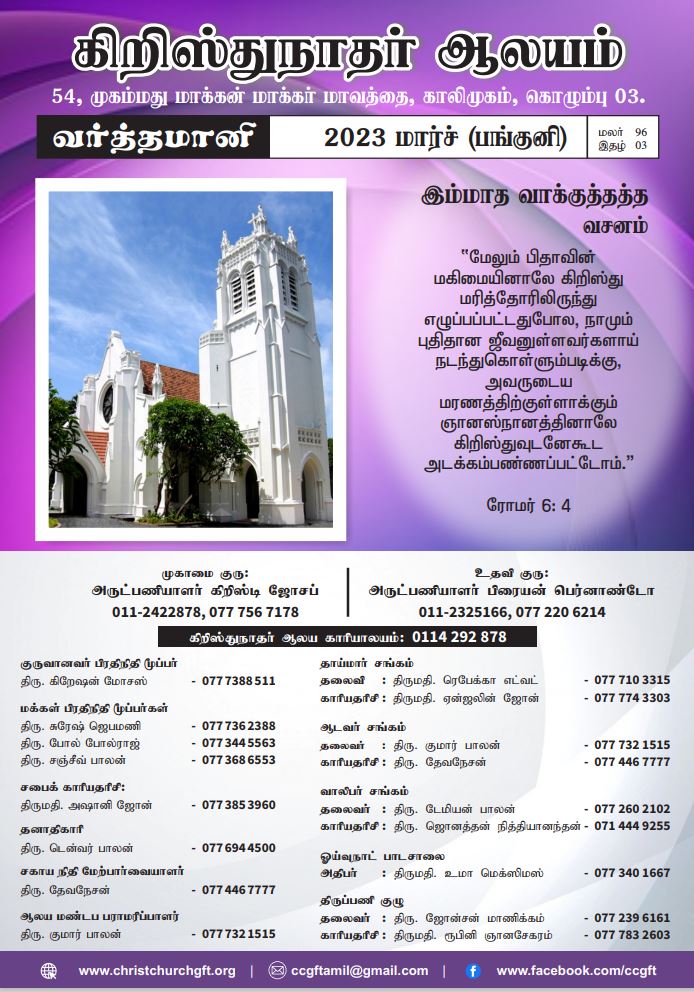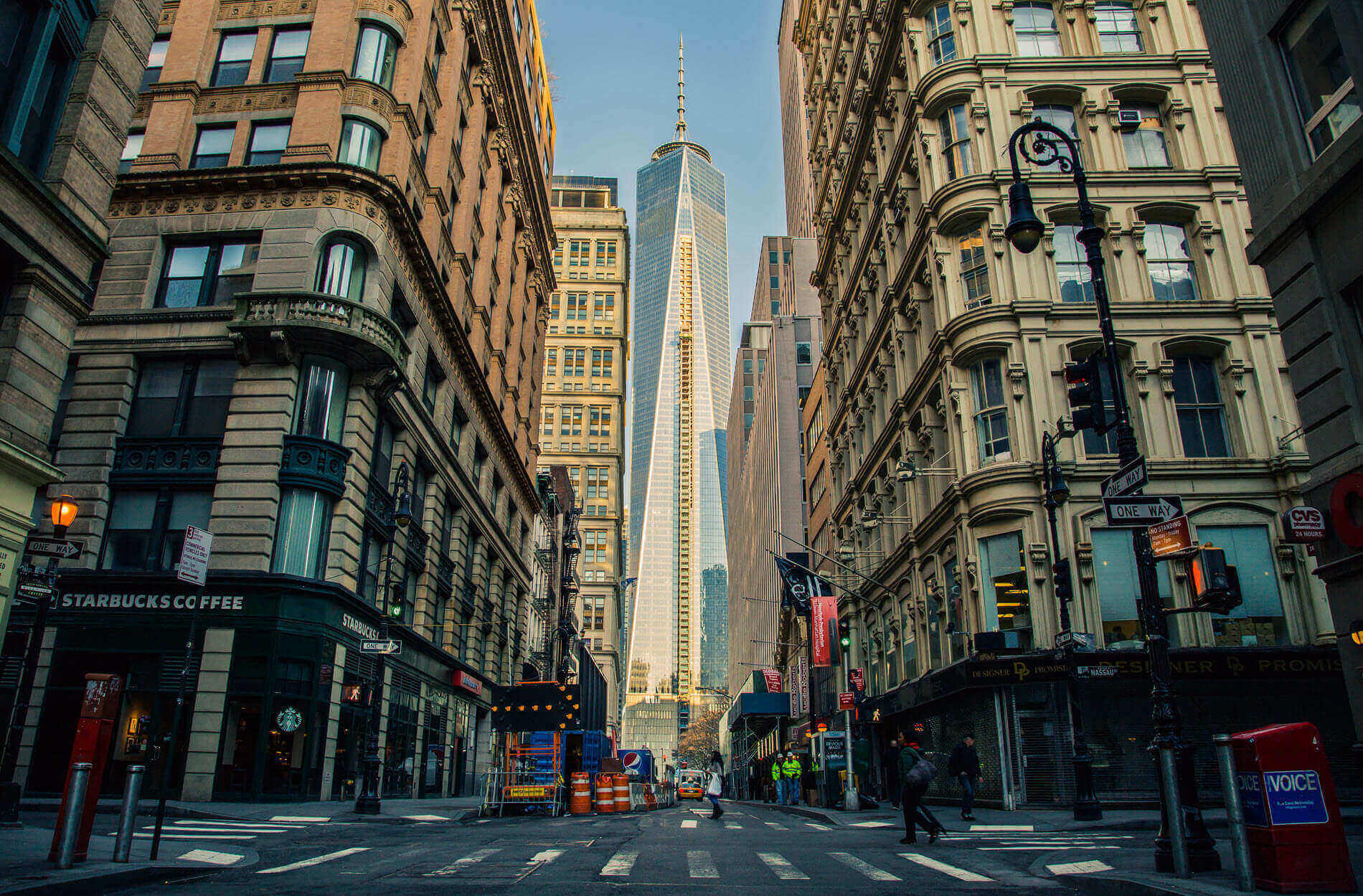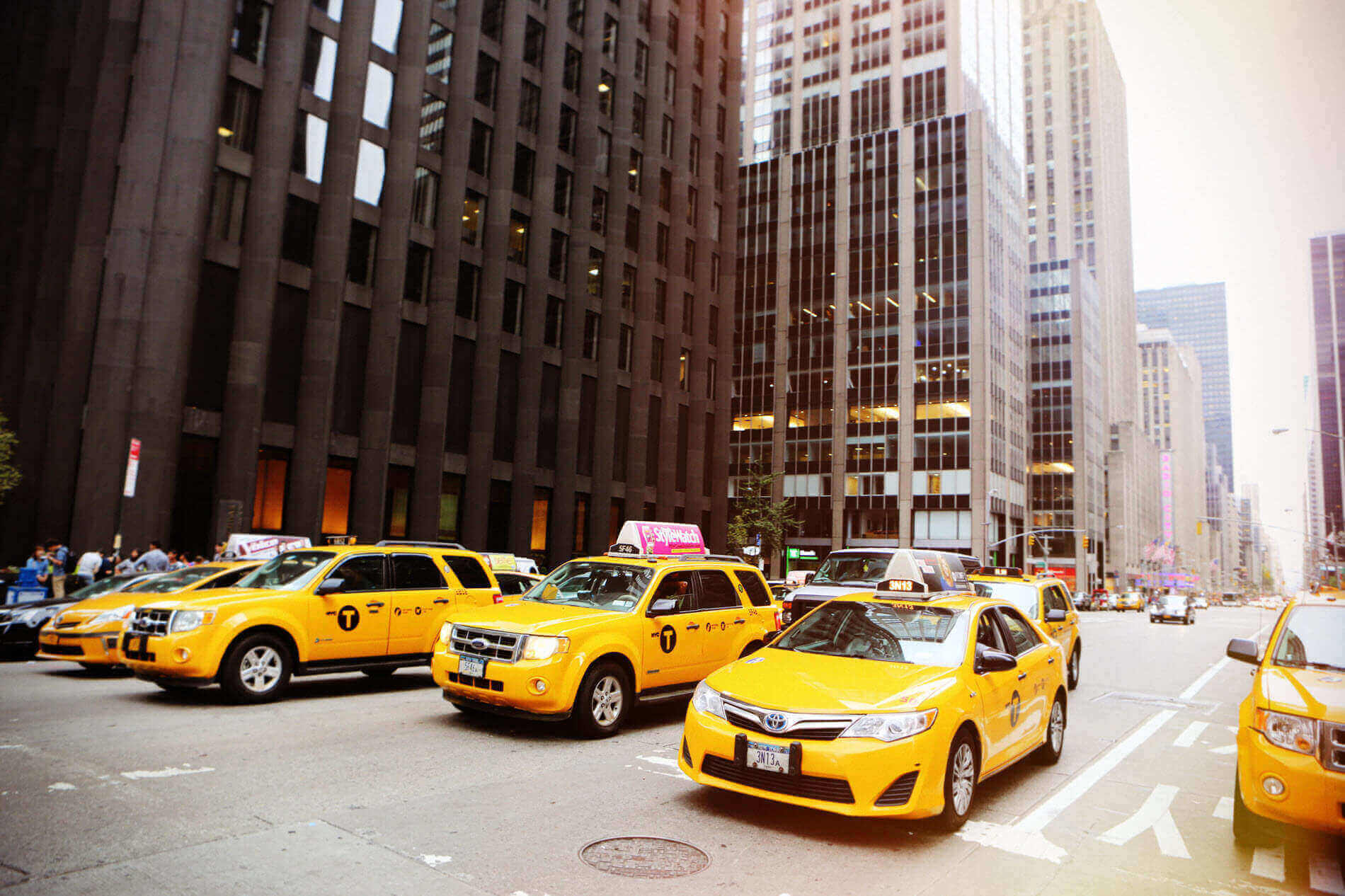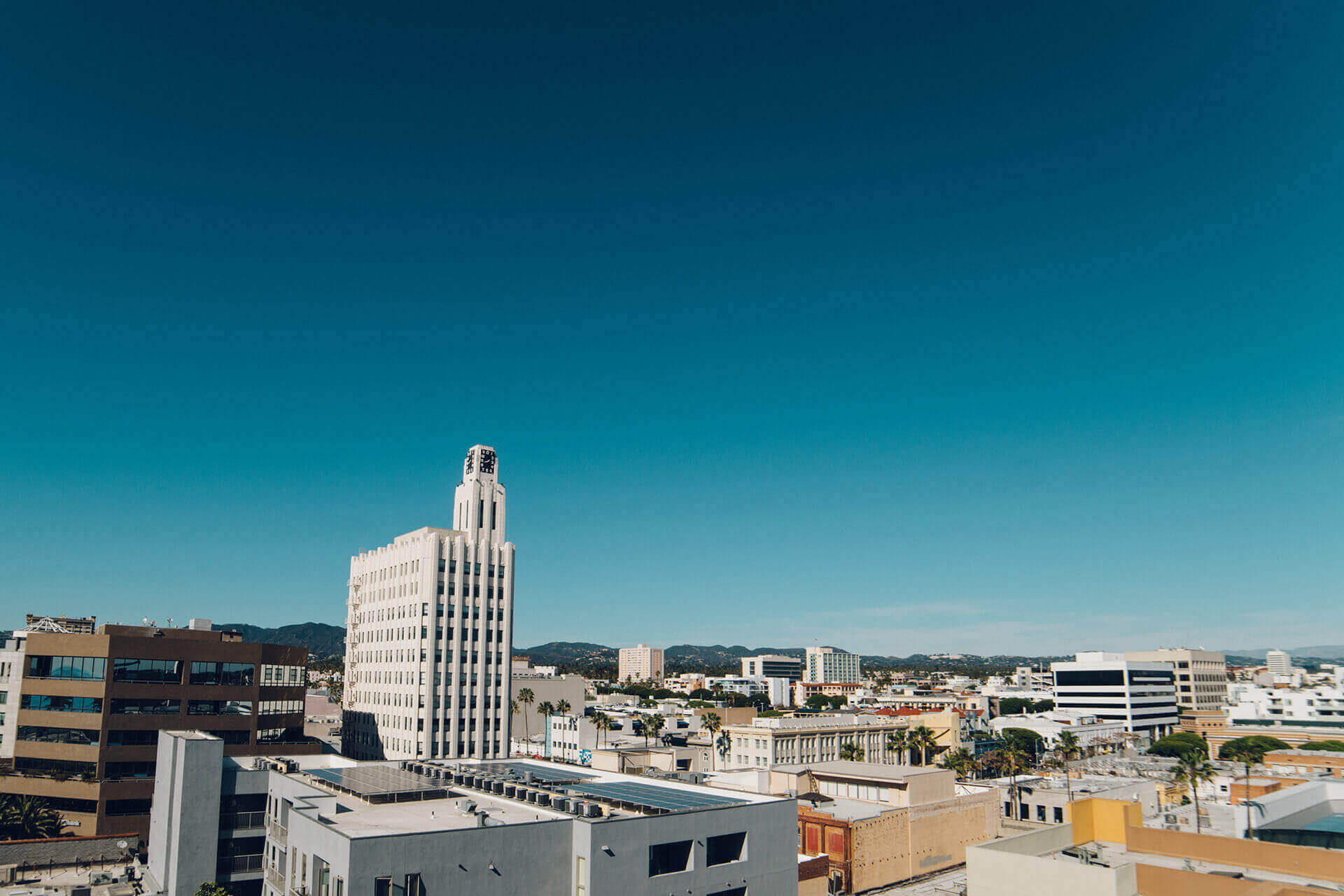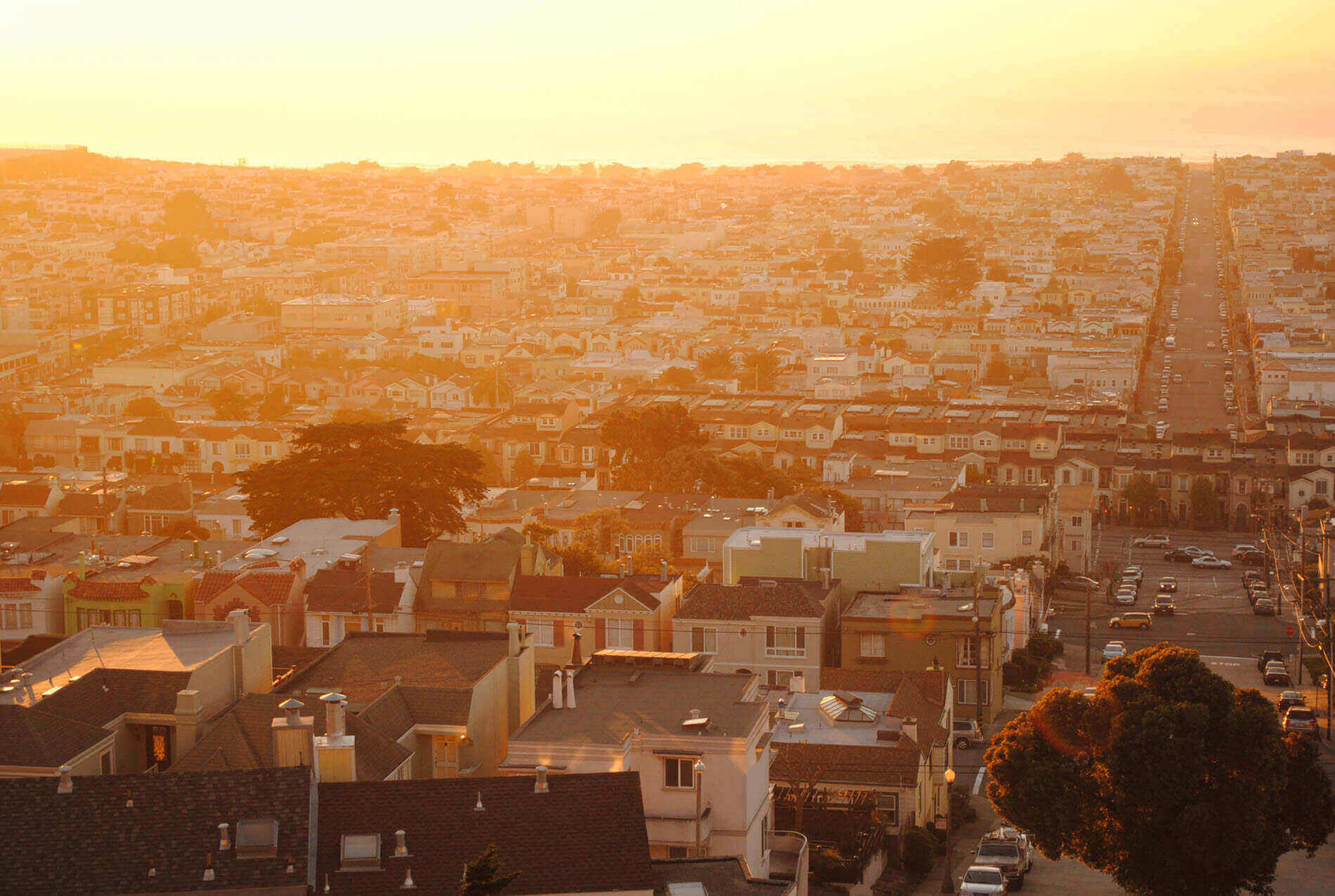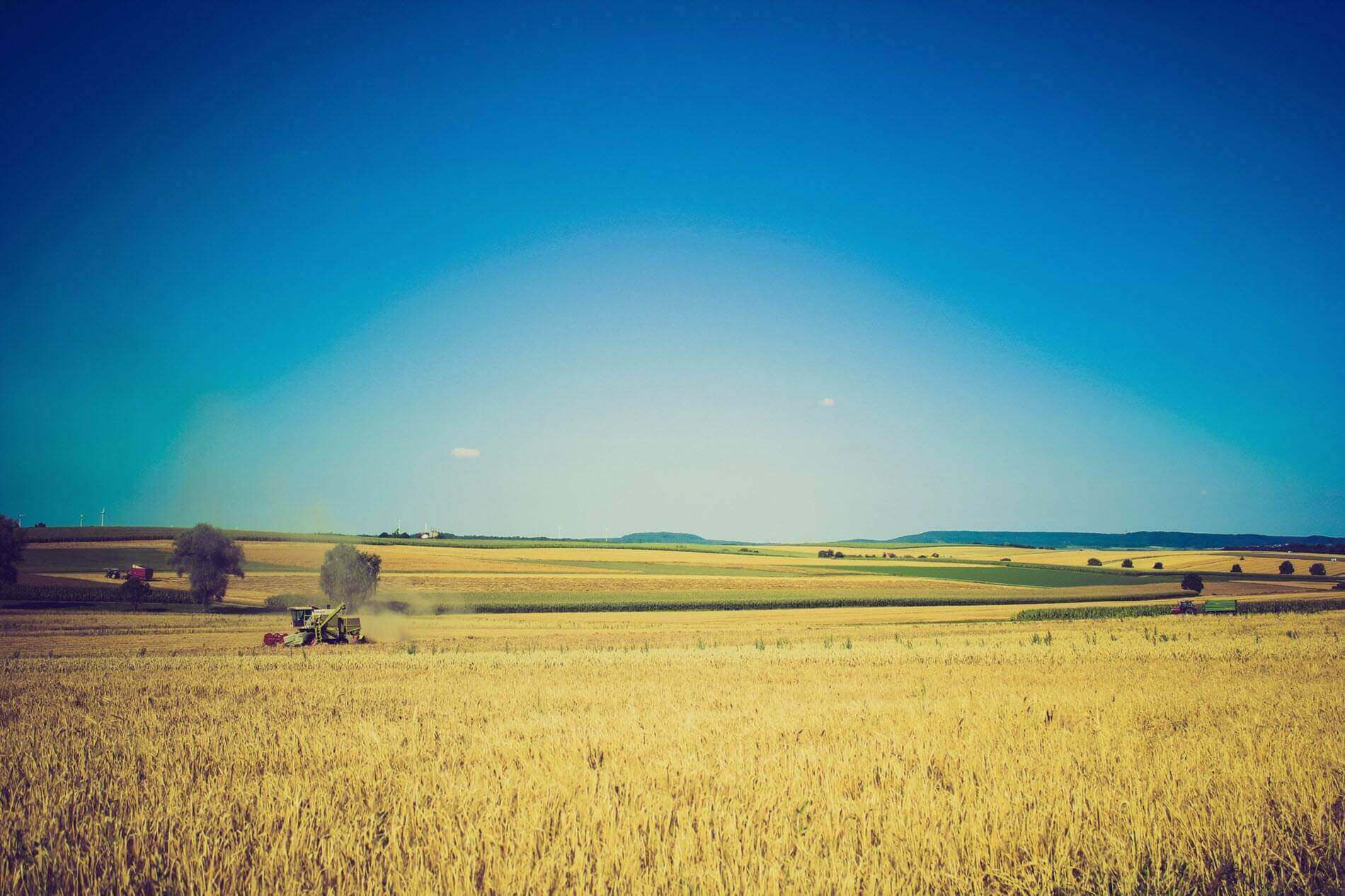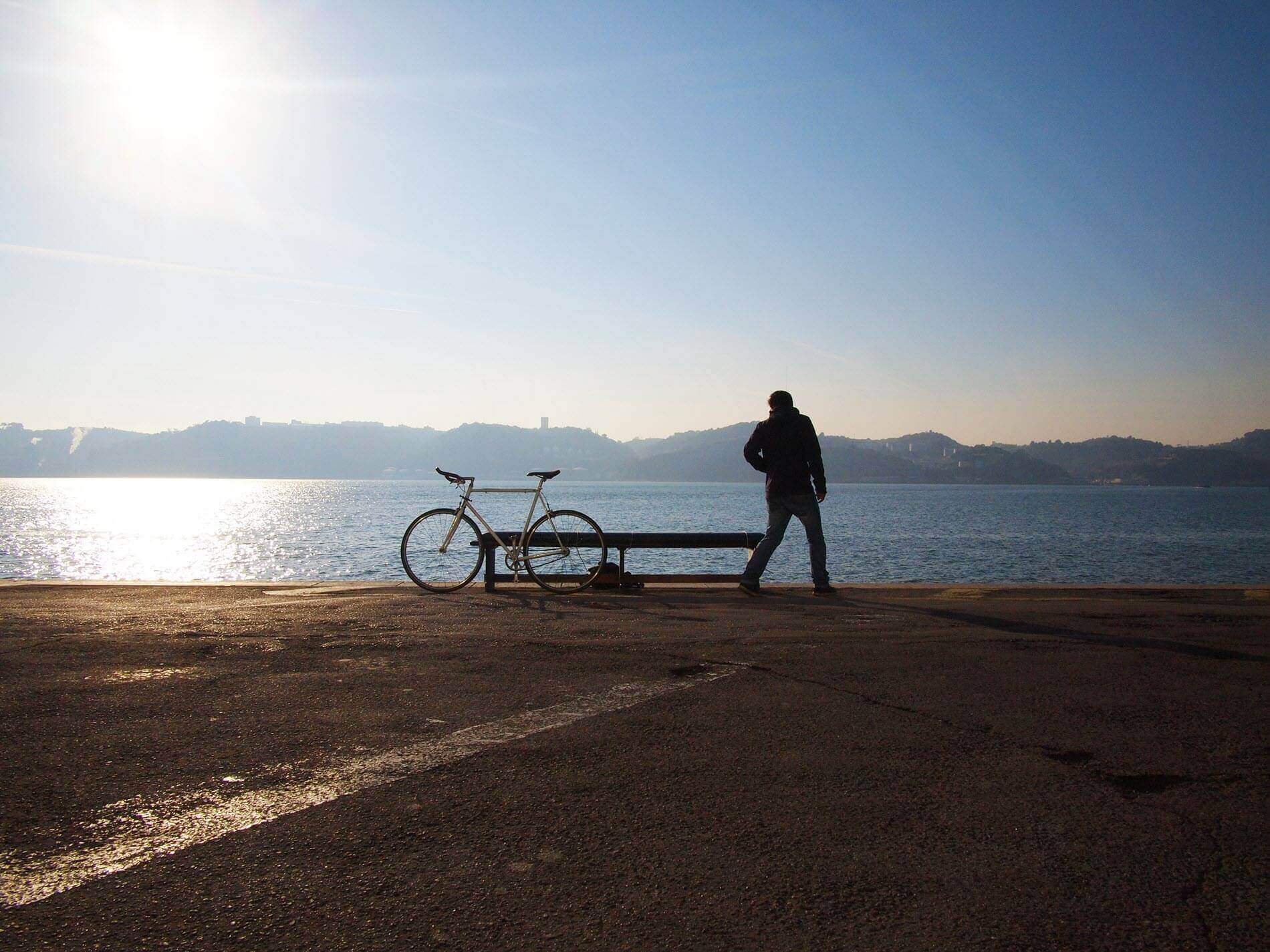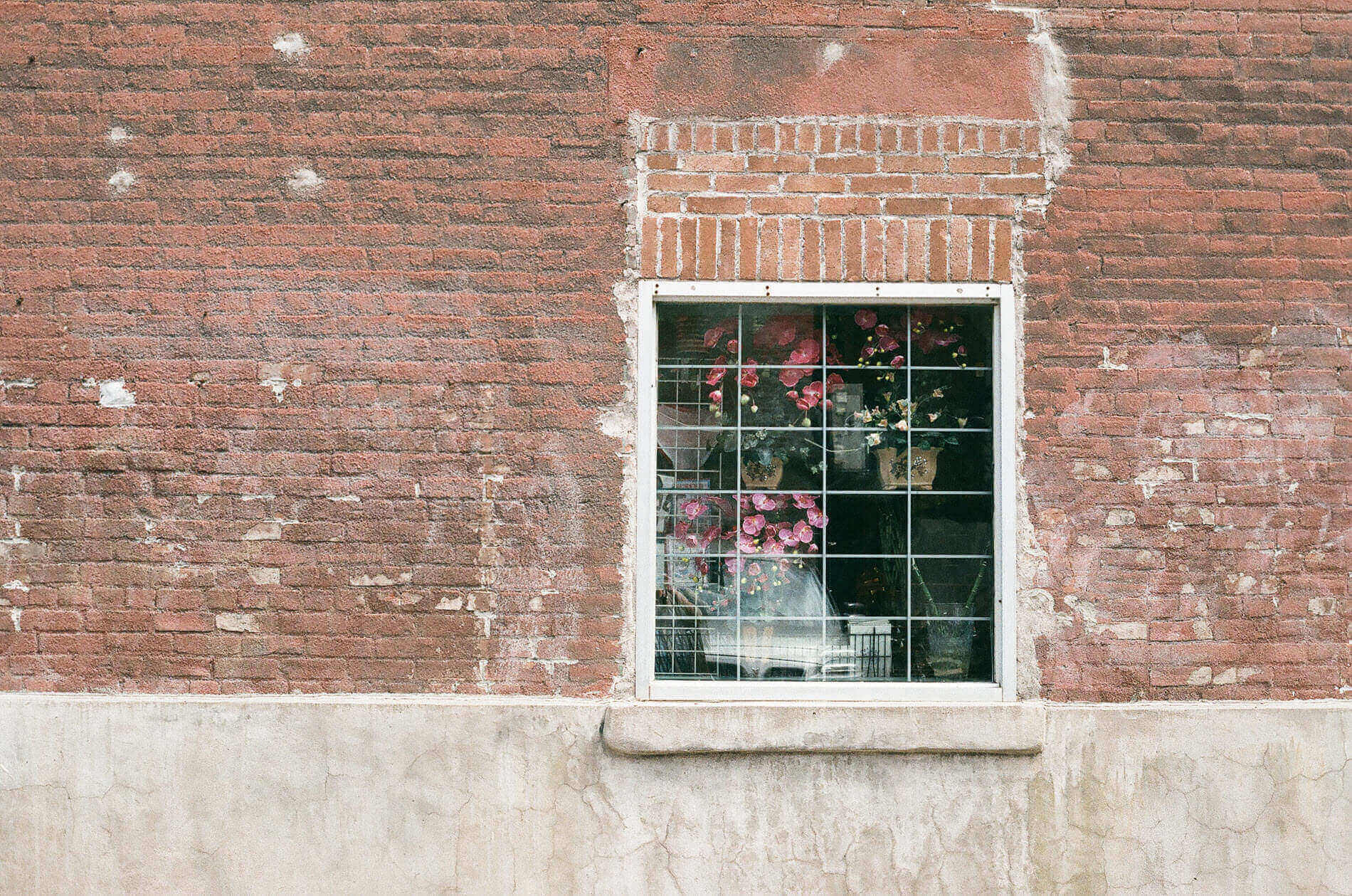Christ Church was begun by the CMS or Church Missionary Society. Known as the CMS Cathedral in those days, the church is a ‘low church,.’ Evangelical in its outlook and worship and characterised by simplicity in the order of service and ceremony. As Ven. A. J. Kendall Baker, then Archdeacon of Colombo and Bishop’s Commissary states in the church Centenary Souvenir in 1953, the church was ‘Evangelical in its worship, and musical in its setting.”
The C.M.S. was founded in London in 1799 to send missionaries around the world. In 1818 the CMS sent four missionaries to Ceylon to set up schools and to work among the people. Rev. George Pettitt was the first CMS missionary to arrive in Colombo, in 1850.
It is rather ironic that the origin of a place of worship should be due to a priest who had little to do on Sundays. When Rev. G. Pettitt, was asked to become Secretary of the CMS in Ceylon, “the duties connected with this post were not such as to give him any ministerial work.” It was this that led him to suggest that a Church be built adjoining Slave Island railway station, where he might take regular English services, and thus occupy his Sundays.
The main object of the church’s construction was “The union of races in the Church of Christ”. Its location in Galle Face, in the heart of the city, and its adjoining esplanade just 300 yards ahead at the time, even then a popular meeting point for people of all races and walks of life to ‘take in the sea air’, made the site an eminently suitable one for this purpose.
Christ Church was constructed with pounds sterling 860 contributed from the CMS London, and generous donations from the local populace. The foundation stone was laid on 21st January 1853, by the Bishop of Colombo the Rt. Rev. Chapman. On 13th October 1853, the church was opened. A large congregation, representing all three races in the country as well as the European community attended the dedicatory service by the Bishop. Rev. Pettit was ailing in health for some time and returned to England in 1855.

He was replaced by Rev. William Knight and subsequently Rev. C.C. Fenn, until Rev. Henry Whitley took permanent charge of the church. Rev. Whitley worked among about six thousand people living in and around Slave Island, including Malays, the soldiers of Ceylon Rifles brought in by the Dutch, ministering in all three languages. His incumbency of the Church is remembered even today chiefly because of his sudden and tragic death as a result of an old school wall falling on him in November 1860 while he supervised construction.
Two tablets are erected in the Church in his memory. Rev. Whitley’s death saw the succession of a long line of CMS representatives who served as the Vicars of Christ Church, too numerous to mention. To mention a few, – the CMS parent committee appointed Rev. Fenn, followed by Rev. William Edward Rowlands known as “the father of Tamil Christians in Colombo” or otherwise “the Padre Rowlands”. Rev. Josiah Herbert Clowes was brought from Mauritius to minister to the Sinhalese congregation.
Rev (now Rt. Rev) Peter Vaughan was the last CMS representative to serve as the Vicar of Christ Church and is presently in Sri Lanka to participate in the anniversary celebrations and conduct the mission services. The Church’s CMS links are still in evidence, as the Vicar of Christ Church is still chaplain of Ladies’ College (formerly CMS Ladies’ College) Colombo, while among the enterprises it assists/assisted by way of administration and/or donations is the House of Joy, Talawa, the Girls Friendly Society and the Denipitiya Medical Mission.
W. A. Tunstall, a British architect, did the original design of the church, free of charge.
The initial structure was small, built with local materials, mainly of kabook. Over the years the church changed faces many times, although the initial architectural language and internal layout remained unchanged.
In 1897, the West wall fell, due to the deterioration of its kabook from heavy monsoon showers. The church was rebuilt on its old design in brick at a cost at Rs 34,150, with old materials also used to reduce the cost. The foundation stone of the ‘new’ church was laid on 14th June 1898 by the Bishop of Colombo, the Rt. Rev. R. S. Copleston.
Its construction in Early Gothic style features a pointed arch nave arcade and king post roof bracing into a succession of flying buttresses. The emphatic verticality of both elements and structure soar upwards to heaven and towards God, as if defying the strength of gravity. Stained glass had been used for the windows in the sidewalls of the sanctuary, as well as the intricately set East window and the Rose window with their profusion of colours. Mosaic is placed in the Church floor in a repeating geometrical pattern.
The interior is also refined with the timber carvings on pews and the stands where intricate foliage traceries are engraved.
The church received electricity in 1914. The building of the belfry began in 1918 and was dedicated on 30th June 1919.
The bell, weighing one ton, was donated in memory of Lt. C.M.G. William Wilson Mitchell, by his widow. The cross on the top of the church was placed in 1954. The church lost its adjoining school to the government. In 1961, in 1978, 34 perches was given to the Duplication Road expansion project. In 1981, 40 perches was sold to Hatton National Bank.
Now Christ Church consists of two parishes – the English under the incumbent Rev. Devapriya de Silva and the Tamil under Rev. Jubilee Ponniah.
A Sinhala service on Sunday evenings serves the needs of the Sinhala speaking Christians in the vicinity and as such is, even today, truly fulfilling its mission of uniting people of many walks of life, irrespective of race.
Christ Church has been the chief evangelical centre of worship in Colombo for over a century. Although the surroundings have changed dramatically and the Church is now dwarfed by towering skyscrapers comprising hotels, nightclubs, restaurants and commercial enterprises, Christ Church continues in its perennial task of relating to the contemporary lives of its people as it preaches the message of the Gospel of Peace.
History of Christ Church Galle Face in Tamil
History of Christ Church Galle Face in English
Christ Church Galle Face Vicars & Curates
Architectural Appreciation of Christ Church Galle Face
One Hundred years of CMS Mission in Ceylon
Native Tamil & Sinhalese Clergy of CMS
The Tamil Christianity of Ceylon
Ceylon Controversy
The Story of the Belfry

